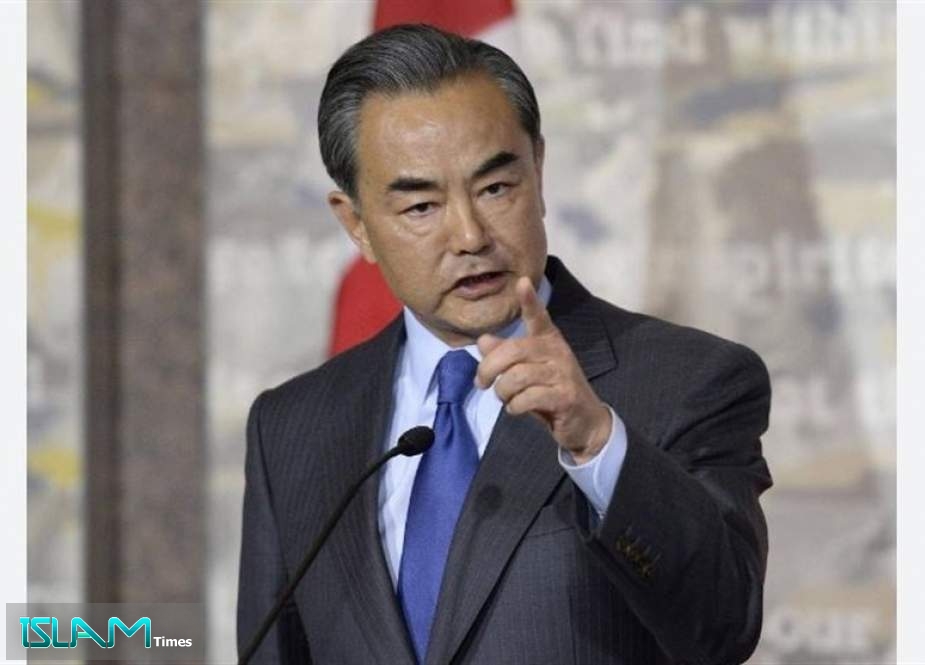US Missile System In Philippines: A Detailed Explanation Of China's Concerns

Table of Contents
Strategic Rationale Behind the US Missile System Deployment
The US decision to deploy a missile system in the Philippines is rooted in several key strategic objectives, all aimed at enhancing regional security and stability, albeit in a manner that has drawn considerable criticism from China.
Enhancing Deterrence Against Potential Aggression
- Increased US military presence in the region: The deployment significantly boosts the US military footprint in the South China Sea, providing a more visible and credible deterrent.
- Strengthened alliance with the Philippines: It reinforces the US-Philippines alliance, underscoring the US commitment to the country's security and territorial integrity.
- Discouraging further Chinese assertiveness in the South China Sea: The enhanced military capability aims to dissuade further Chinese actions perceived as aggressive or destabilizing.
The deployment aims to deter potential aggression from China by providing a credible defense capability for the Philippines. This strengthens the US commitment to regional security and potentially reduces the risk of miscalculation or accidental escalation. The presence of a sophisticated US missile defense system sends a clear signal to potential aggressors. This strategic positioning improves the overall defensive posture of the region.
Countering China's Military Buildup
- Response to China's island building and military modernization: China's extensive island-building activities and rapid military modernization in the South China Sea have prompted concerns about its intentions and regional dominance. The US missile system is seen as a counterbalance.
- Balancing power dynamics in the region: The deployment aims to level the playing field, preventing a significant power imbalance that could lead to instability.
- Projecting US power in the Indo-Pacific: It reinforces the US presence and commitment to the Indo-Pacific region, signaling its intent to maintain a stable and secure environment.
China's increasing military presence and territorial claims in the South China Sea necessitate a counterbalancing force. The US missile system serves as a strategic response to this buildup, aiming to maintain regional stability and prevent any unilateral actions that could upset the balance of power. This is part of a wider US strategy to counter China's growing influence in the Indo-Pacific.
Protecting US Interests and Allies
- Safeguarding shipping lanes: The South China Sea is a vital waterway for global trade, and protecting these lanes is a key US interest. The missile system contributes to this protection.
- Protecting economic interests in the region: The US has significant economic interests in the region, and the deployment helps safeguard these assets from potential threats.
- Reinforcing alliances with regional partners: The deployment strengthens alliances with countries like the Philippines, Japan, and Australia, fostering a united front against potential aggression.
The deployment safeguards vital sea lanes and economic interests of the US and its allies. It underscores the commitment to the defense of partner nations facing external threats, solidifying the US role as a regional security guarantor. This protective aspect is central to the strategic justification for the missile system.
China's Concerns Regarding the US Missile System
China's opposition to the US missile system deployment stems from several key concerns, all of which highlight the sensitive geopolitical dynamics in the region.
Perceived Threat to National Security
- Increased military pressure near its borders: The deployment is seen as bringing US military power closer to China's shores, increasing perceived military pressure.
- Violation of China's sovereignty claims: China views the deployment as a violation of its claimed sovereignty in the South China Sea, further escalating existing tensions.
- Potential for escalation of tensions: The deployment is seen as potentially destabilizing, increasing the risk of miscalculation and escalation.
China views the missile system as a direct threat to its national security, challenging its perceived territorial sovereignty and potentially escalating regional tensions. This perception is central to China’s strong opposition to the deployment.
Impact on Regional Stability
- Increased risk of miscalculation and accidental conflict: The presence of advanced weaponry increases the risk of accidental conflict or miscalculation, particularly given the already heightened tensions.
- Further militarization of the South China Sea: The deployment contributes to the militarization of the South China Sea, potentially triggering an arms race and further destabilizing the region.
- Potential for an arms race: China fears that the deployment might prompt a regional arms race, leading to a dangerous cycle of military escalation.
The deployment raises concerns about destabilizing the region, increasing the risk of unintended escalation and potentially triggering an arms race. China fears a further militarization of the already volatile South China Sea, leading to a potentially catastrophic situation.
Undermining Diplomatic Efforts
- Setback to ongoing diplomatic negotiations: The deployment is perceived as undermining ongoing diplomatic negotiations aimed at de-escalating tensions and peacefully resolving disputes in the South China Sea.
- Increased mistrust and strained relations: The move further strains US-China relations and increases mistrust between the two global powers.
- Hindered progress towards peaceful resolution: The deployment is viewed as hindering progress towards a peaceful and diplomatic resolution of the disputes in the South China Sea.
The deployment is perceived by China as undermining ongoing diplomatic efforts to resolve territorial disputes and further exacerbates existing mistrust between the nations. This undermines the potential for peaceful resolution and exacerbates the geopolitical conflict.
Implications for Regional Stability and Future Outlook
The deployment of the US missile system in the Philippines has significant implications for regional stability and the future outlook of the South China Sea. The increased military presence raises the risk of heightened tensions, accidental conflict, and miscalculations. The potential for an arms race cannot be ignored. However, diplomatic solutions and de-escalation strategies remain crucial. Open communication channels and a commitment to peaceful conflict resolution are essential to prevent a further deterioration of the situation. The long-term implications will depend heavily on the response of all parties involved and the success of diplomatic efforts to manage the situation.
Conclusion
The deployment of a US missile system in the Philippines represents a significant development in the ongoing geopolitical competition in the South China Sea. While the US and its allies view it as a necessary measure to deter aggression and protect their interests, China expresses serious concerns about its impact on regional stability and national security. Understanding the intricacies of the US Missile System in the Philippines, including the strategic rationale and China's perspective, is essential for navigating this complex situation. Continued diplomatic efforts and open communication are crucial to mitigating the risks and achieving a peaceful resolution. Further research into the implications of the US Missile System in the Philippines, including its potential impact on regional security, is vital for informed decision-making. The future stability of the region depends on finding a way to balance security concerns with diplomatic solutions.

Featured Posts
-
 Decouvrir Agatha Christie L Integrale Des Romans Et Nouvelles
May 20, 2025
Decouvrir Agatha Christie L Integrale Des Romans Et Nouvelles
May 20, 2025 -
 David Walliams Fing The Fantasy Adaptation Greenlit By Stan
May 20, 2025
David Walliams Fing The Fantasy Adaptation Greenlit By Stan
May 20, 2025 -
 A Hell Of A Run Examining Ftv Lives Impact
May 20, 2025
A Hell Of A Run Examining Ftv Lives Impact
May 20, 2025 -
 D Wave Quantum Qbts Stock Plunge Kerrisdale Capitals Valuation Concerns
May 20, 2025
D Wave Quantum Qbts Stock Plunge Kerrisdale Capitals Valuation Concerns
May 20, 2025 -
 Seth Rollins And Bron Breakkers Wwe Raw Attack On Sami Zayn
May 20, 2025
Seth Rollins And Bron Breakkers Wwe Raw Attack On Sami Zayn
May 20, 2025
